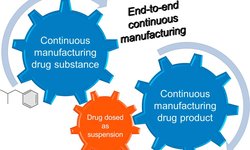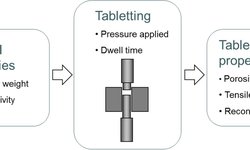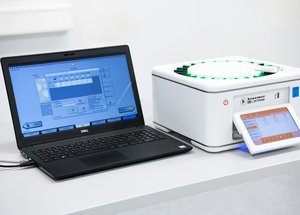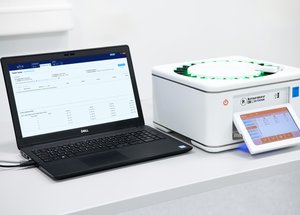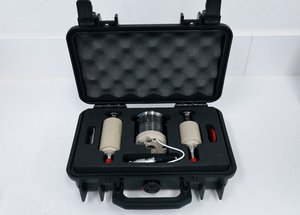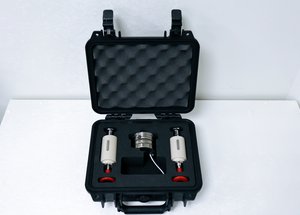Scientific papers
Coprocessing entails integrating multiple substances to enhance the physical, chemical, mechanical, and biopharmaceutical properties of a material. It stands as a promising technique in the pharmaceutical industry, supporting both drug substance and drug product processes. When active pharmaceutical ingredients (APIs) undergo coprocessing with excipients, it facilitates direct compression and continuous manufacturing. Hydroxypropyl cellulose (HPC-L), a frequently utilized excipient in pharmaceutical formulations, has the potential to improve drug stability, solubility, and bioavailability. This study employed coprecipitation (CPT) to coprocess metformin hydrochloride (MET) with HPC-L, resulting in the formation of agglomerates with enhanced physical attributes without the risk of polymorphic changes. Acetone/acetonitrile and heptane served as the solvent and antisolvent, respectively.
The screening study unveiled that employing a rotor-stator helps control the size of metformin hydrochloride and HPC-L agglomerates (M-CPT) without adversely affecting bulk density and powder flow properties. The CPT agglomerates exhibited residual solvent levels within the specified ICH limits. Powder rheology results indicated a sixfold increase in FFC (flow function coefficient) of M-CPT compared to neat MET. Compressibility, tabletability, compactability, and "In-Die" Heckel analysis data further suggested that M-CPT agglomerates are directly compressible with no discernible changes in the dissolution profile of MET. In essence, this study demonstrates the application of the CPT approach to fine-tune the physical and mechanical properties, with HPC-L serving as a preferred excipient for the CPT technique to enhance the compressibility and flowability of APIs.
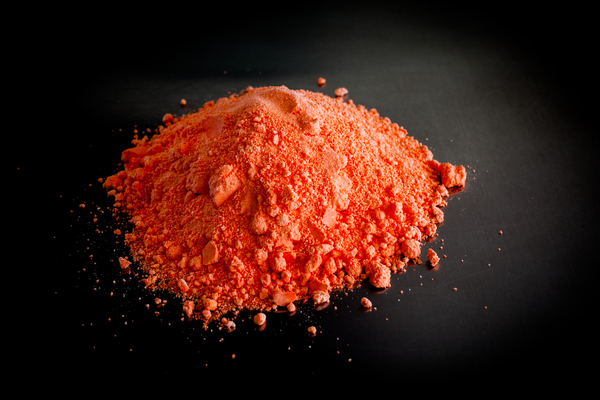
Comments
No comments posted yet.
Add a comment

